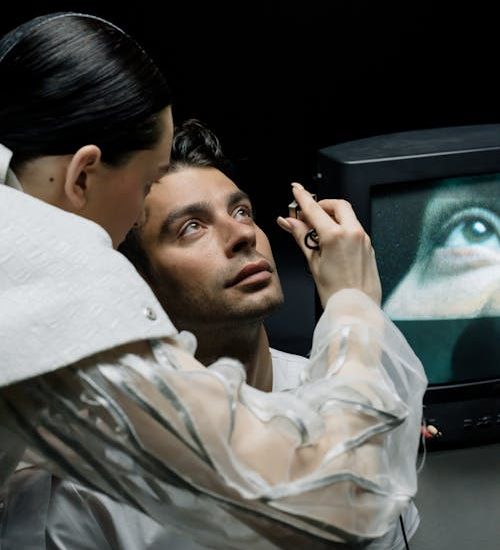Eye care has moved far beyond simple vision correction. Today’s patients expect more than basic eye exams and prescription updates. The landscape of eye care continues to shift as new technologies emerge, offering hope for earlier detection and better treatment outcomes. Many people still think eye care means getting glasses or contacts, but that’s just the beginning of what modern clinics can offer patients today.
Advanced Diagnostic Technology
- Digital Revolution in Eye Care: Finding a skilled Northridge eye doctor means accessing cutting-edge diagnostic equipment that wasn’t available just a few years ago. These tools can spot problems that traditional eye exams might miss completely. Digital retinal imaging captures detailed pictures of the back of your eye, revealing early signs of diabetes, high blood pressure, and other systemic health issues. The technology allows doctors to track changes over time with incredible precision and accuracy.
- Comprehensive Scanning Methods: OCT scans represent another breakthrough in eye care technology that’s changing how doctors diagnose and treat patients. These scans create cross-sectional images of retinal layers, much like an MRI for your eyes. Doctors can measure retinal thickness and identify fluid buildup that signals serious conditions. The process takes just minutes but provides information that could save your vision for decades to come.
Early Disease Detection Capabilities
- Glaucoma Prevention Strategies: The silent nature of glaucoma makes it particularly dangerous because most patients don’t notice symptoms until significant vision loss occurs. Advanced pressure monitoring systems now track eye pressure patterns throughout the day rather than just during office visits. Corneal thickness measurements help doctors interpret pressure readings more accurately. These tools help identify at-risk patients years before traditional methods would catch the disease.
- Macular Degeneration Monitoring: Age-related macular degeneration affects millions of Americans, but early detection dramatically improves treatment outcomes for most patients.
- Digital fundus photography captures detailed images of the macula
- Optical coherence tomography reveals fluid accumulation beneath the retina
- Fluorescein angiography shows blood vessel changes in real-time
- Genetic testing identifies patients at higher risk for severe forms
- Keratoconus Detection Methods: This progressive corneal condition often goes undiagnosed until vision problems become severe and contact lens fitting becomes difficult. Corneal topography creates detailed maps of corneal curvature that reveal even subtle irregularities. The technology can detect keratoconus in its earliest stages when treatment options are most effective.
Real-World Impact Stories
- Life-Changing Diagnoses: Consider Sarah, a 45-year-old teacher who came in for a routine eye exam feeling perfectly fine. Digital retinal imaging revealed early diabetic retinopathy changes that her primary care doctor had missed during regular checkups. Early intervention prevented vision loss and helped her manage her diabetes more effectively. These stories repeat themselves in eye clinics across the country every single day.
- Preventive Care Success: Advanced diagnostic tools often reveal health issues that extend far beyond just eye problems and vision concerns. High blood pressure, autoimmune diseases, and even brain tumors can show early signs in the eyes. Patients frequently discover they need medical attention for conditions they never suspected, potentially saving their lives through early intervention.
Modern eye care extends far beyond prescribing glasses or contacts to address basic vision needs. Advanced diagnostic technology gives patients access to early disease detection that can preserve vision and identify serious health conditions before symptoms develop. These tools represent the future of preventive healthcare, where problems are caught and treated years before they would traditionally be discovered through routine examinations. Don’t wait for vision problems to develop – schedule a comprehensive eye exam today to take advantage of these life-changing technologies.
Featured Image Source: https://images.pexels.com/photos/8875621/pexels-photo-8875621.jpeg
